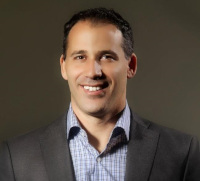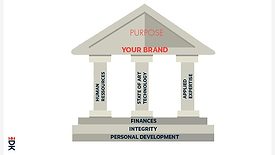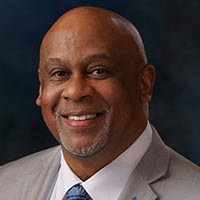Guest Columns
Strategies to Help Restoration Contractors Increase Business and Gain Market Share
Read More
What Must a Qualified Water Damage Restoration Contractor Possess?
Let’s Start With the ANSI/IICRC Standard of Care
Read More
What's Next for Restoration? 2022 Trends and Predictions
4 Headwinds Every Restoration Company Should Have on Its Radar
Read More
The Rise of Remote Estimating
4 Reasons to Consider a Third-Party Estimating Company for Your Restoration Business
Read More
When it Comes to Hiring, Nurture Your Silver Medalists
Considerations for Restoration Businesses in a Candidate-Driven Market
Read More
Stay ahead of the curve with our eNewsletters.
Get the latest industry updates tailored your way.
JOIN TODAY!Copyright ©2025. All Rights Reserved BNP Media.
Design, CMS, Hosting & Web Development :: ePublishing

















